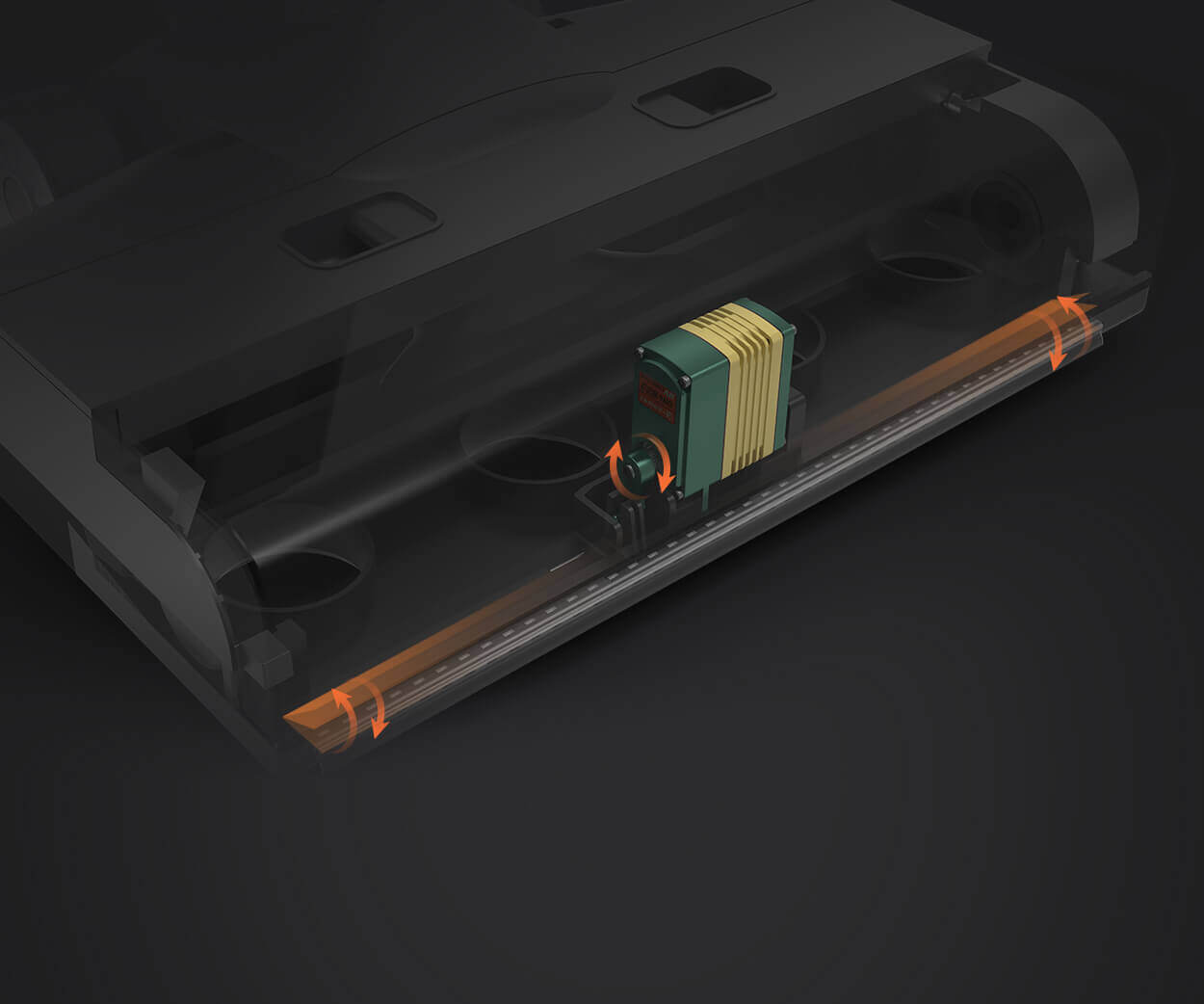Sure! Here’s a lively, engaging, and slightly informal piece about the "brushless DC motor meaning," crafted for SEO without sounding too stiff or robotic:

Ever wonder what makes those sleek gadgets and little robotic toys tick? It’s probably the magic of a brushless DC motor, often called a BLDC motor, doing its thing behind the scenes. If you’re hearing that term and thinking, “What’s so special about that?”—you’re not alone. This tiny powerhouse has revolutionized countless applications, from drones soaring up high to electric bikes zooming around.
So, what does "brushless DC motor" actually mean? Let's break it down in simple terms. Unlike traditional brushed motors, which use brushes that physically contact the commutator to switch current directions, a brushless motor does without those brushes altogether. Instead, it relies on electronic controls to switch the current in the stator windings, creating a magnetic field that makes the rotor spin. Basically, no brushes mean lower wear and tear, less maintenance, and more efficiency. It's like upgrading from an old, noisy engine to a sleek electric motor.
This design isn’t just about avoiding wear; it’s about delivering power smoothly. Think about high-performance drones or precision robotics—you want them to operate with minimal vibrations, maximum responsiveness, and longevity. Brushless motors shine in these areas. They generate less heat because they’re more efficient, leading to longer operation times without overheating. For instance, remote-controlled cars equipped with BLDC motors can run faster and longer compared to their brushed counterparts.
But, here's a sneaky question—why do some folks still stick with brushed motors? Simplicity and cost come into play here. Brushed motors are cheaper upfront and easier to wire up. However, over time, their drawbacks become glaring. The brushes wear out, requiring replacements, and efficiency drops with use. Brushless motors may cost more initially, but their longer lifespan and reliability make them a smarter investment in the long haul.
Ever thought about how a brushless motor actually works? Imagine the stator as a series of coils that get energized in sequence, creating a rotating magnetic field. The rotor, embedded with permanent magnets, follows this magnetic dance, spinning smoothly without interruption. No sparks flying around, no sudden jolts—a quiet, steady spin. That’s part of what makes BLDC motors so appealing in sensitive equipment, like medical devices or high-end renewable energy generators.
You might ask: is a brushless DC motor difficult to control? Not at all. Thanks to advances in electronic controllers, they’re easier to operate than ever. Modern modules can integrate sensors to optimize performance, making them perfect for applications demanding both power and finesse.
If you’re into designing your next project or just curious about how tech keeps getting better—brushless DC motors are a game-changer. They’re the silent heroes, quietly working behind the scenes, powering everything from tiny medical pumps to massive industrial machinery. The next time you see a drone or an electric vehicle, remember, a brushless DC motor is probably doing a lot of that work, with efficiency and durability leading the charge.
Leveraging innovations in modular drive technology, Kpower integrates high-performance motors, precision reducers, and multi-protocol control systems to provide efficient and customized smart drive system solutions.




































